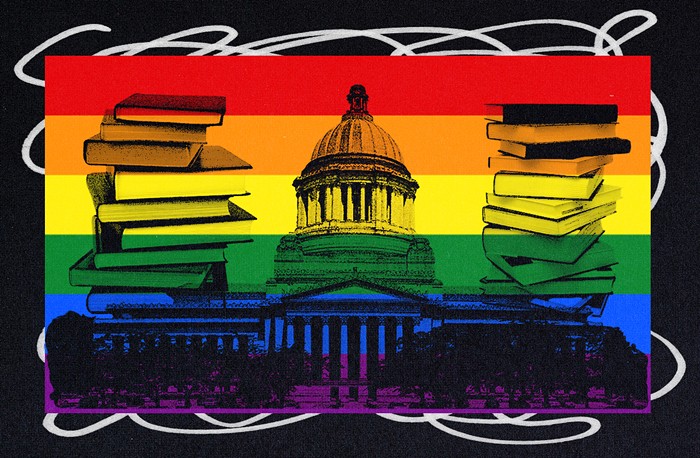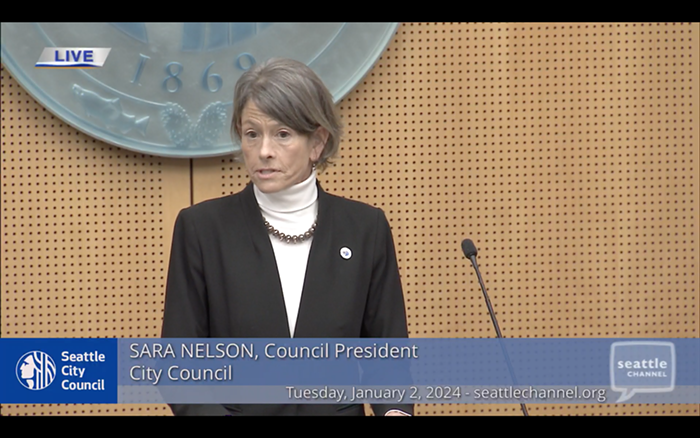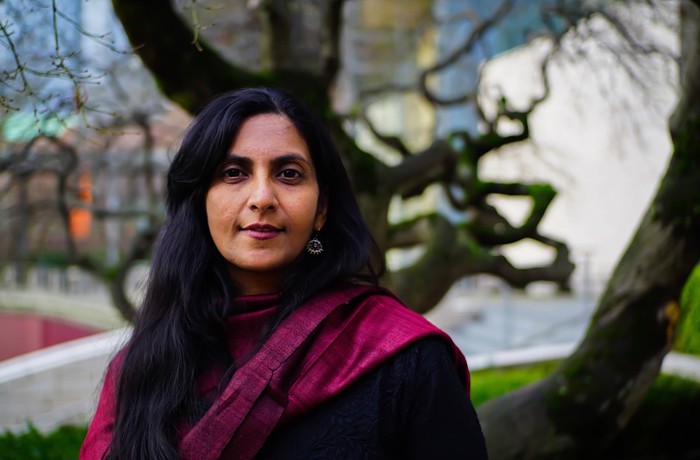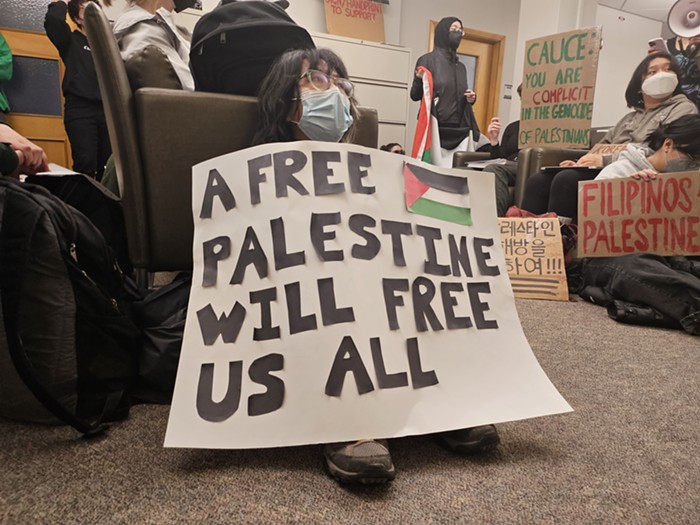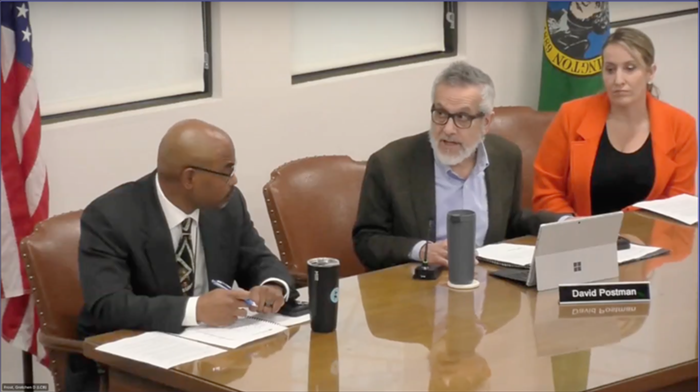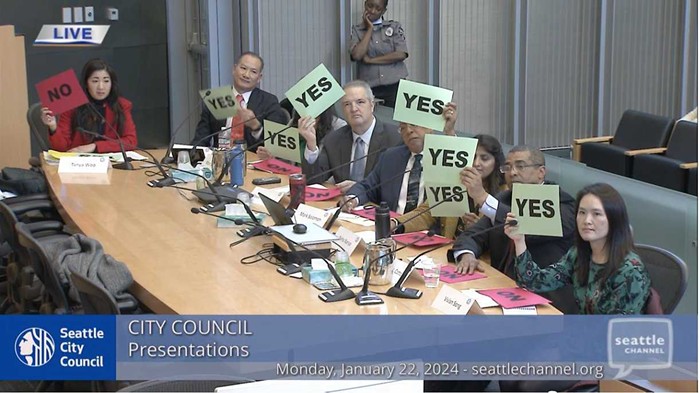This past spring, as the campus of Cascade Middle School in White Center became the site of gang tension, school officials decided to send a message: Gang members would be expelled, no matter how many empty desks that meant.
Startling rumors place the number of expelled and suspended at around 50 (or one out of every 13 Cascade students), though school officials refuse to confirm until after they finish their year-end report.
Whatever the number, when the spring 2006 term ends on June 21, Cascade administrators will breathe a collective sigh of relief. "This year, definitely, we saw a lot more (gang activity) than we have before," says Julie Melver, the school's assistant principal.
Cascade's experience may be part of a larger regional trend. Lieutenant Eric Sano, who commands the Seattle Police, says there have already been 75 gang cases in the first six months of this year, compared to only 102 in all of 2005.
Of course, gang activity is a criminal trend that is among the most difficult to define, partly because there can be more wannabes than actual gangsters.
At Cascade, for instance, the evidence of increased gang activity is purely "anecdotal," says Joshua Halsey, the school's prevention resource coordinator. That is, it's based on reports from the students, some of whom told officials about encountering "older, adult gang members—some had just been released from penal institutions in the South—primarily California," according to Halsey. "They were trying to ramp up their gang membership."
And those efforts got violent. Kathy Kaminski of Seattle Neighborhoods Group has heard a few reports of kids being accosted on their way to school by small groups of gang members who asked kids their gang affiliation. The wrong answer meant a beating, or worse. A few weeks ago a report surfaced of a teenager who was beaten with a bat because he wasn't claiming the gang of his attackers.
Ironically, the solution to gang intimidation is—for the victims at least—more gangs. Cascade officials say their students responded to threats by either pledging to one of the harassing gangs or by joining a gang formed to protect Cascade students.
"We took a very, very hard line on kids who were showing gang involvement," says Melver. Indeed, the sheer number of suspensions and expulsions—whether it is 50 or anywhere close—prompts one to wonder how the school qualified students as gang members.
In practice, it appears Cascade engaged in "scared straight" tactics. For example, officials threatened suspected gang members with "emergency expulsion," in which the student was expelled, pending an investigation, part of which was a meeting with parents to discuss the problem.
In most instances, says Melver, those emergency expulsions were reduced to short-term suspensions. And based on the meetings, there is a sense at Cascade that the parents are now better informed.
"A lot of parents were just unaware," says Halsey. "We had some parents who were buying nothing but blue clothes for their kid—they had no clue." (Blue marks a member of the Southern California–based Crips, traditional rivals to the red-clothed Bloods).
Cascade and Evergreen High Schools are particularly vulnerable to gang turf battles because of their location along 10th Avenue Southwest, near the Park Lake Homes housing project and Hick's Lake Park, a popular hangout for young people.
Parents were also enlisted to help monitor the sidewalks and parks as an outgrowth of the Safe School Zones Project. "An adult presence makes kids feel safe," says Kaminski, who helped persuade adults in the neighborhood to sit outside more often and take occasional strolls through the park. She has also helped initiate brown-bag meetings between community members, police, youth-service providers, school personnel, and church pastors.
Today in Seattle, there are slightly fewer police resources for fighting gangs than in the recent past, largely due to an increased emphasis on homeland security and internet crimes. Increasingly, according to Sano, officers in the East Precinct who deal with the Black Gangster Disciples are coordinating their efforts with officers in the South Precinct, who see more Bloods and Crips. Those rivalries have produced a number of drive-by shootings.
On June 13 Rainier Valley community activists initiated a meeting with police and social service providers as a reaction to gang violence in their neighborhood, including a shooting in April at Rainier Avenue South and South Henderson Street in which a 15-year-old was injured, as well as street fights between gangs disputing the same turf.
The city of Burien's first-quarter report shows 34 gang-related incidents through March—there were only 5 during the same period last year. SPD Lt. Sano reports that gang membership is also climbing among middle-class kids in Seattle suburbs like Tukwila, Shoreline, and Federal Way.
Sarah Mirk contributed to this story.
